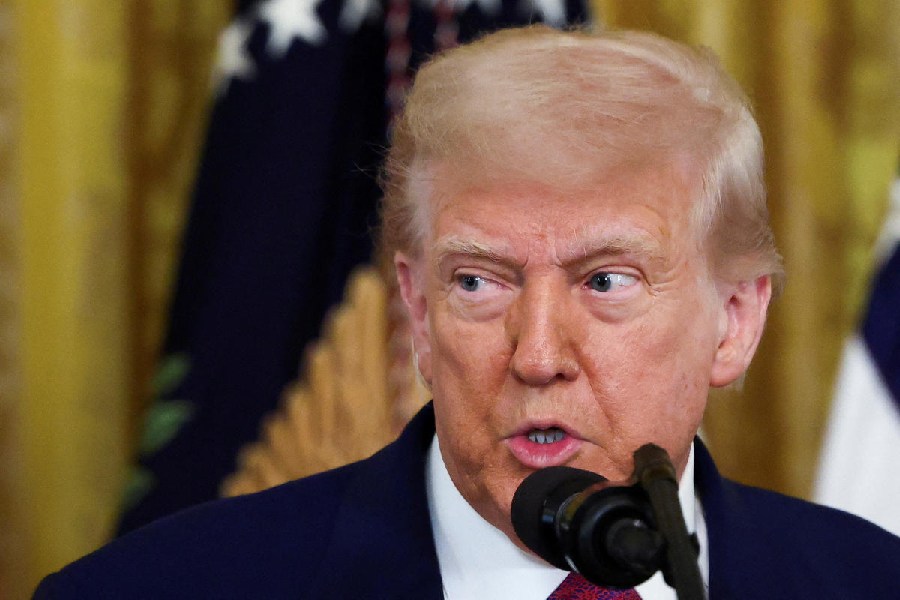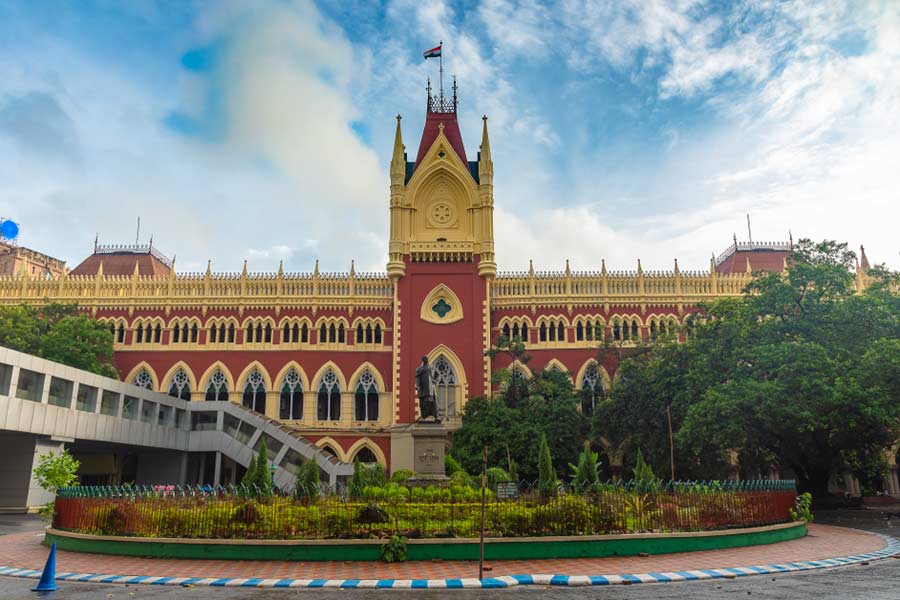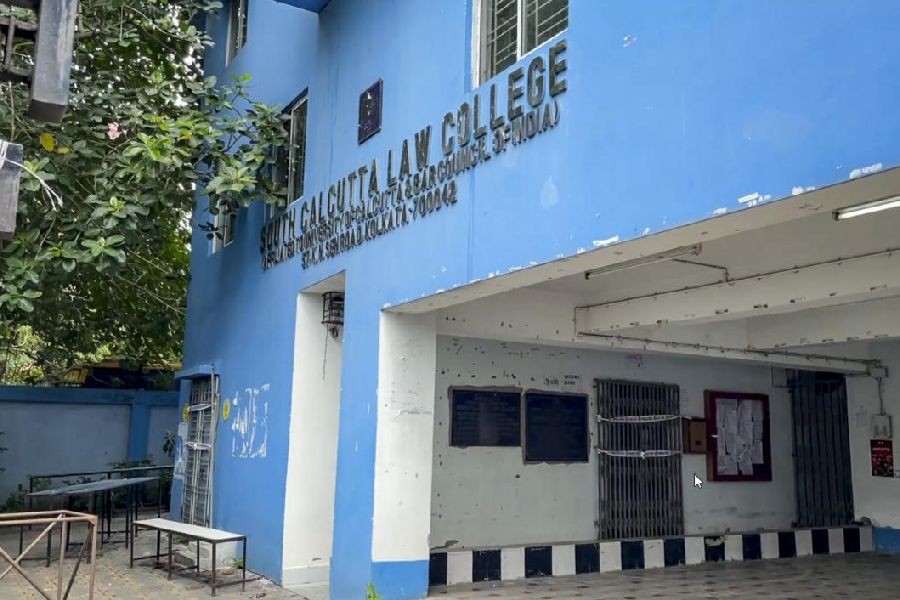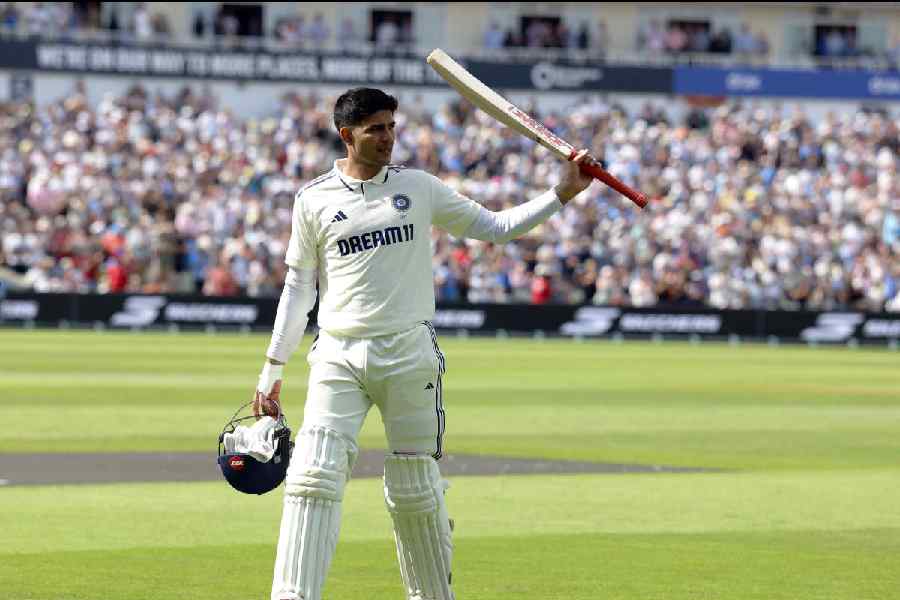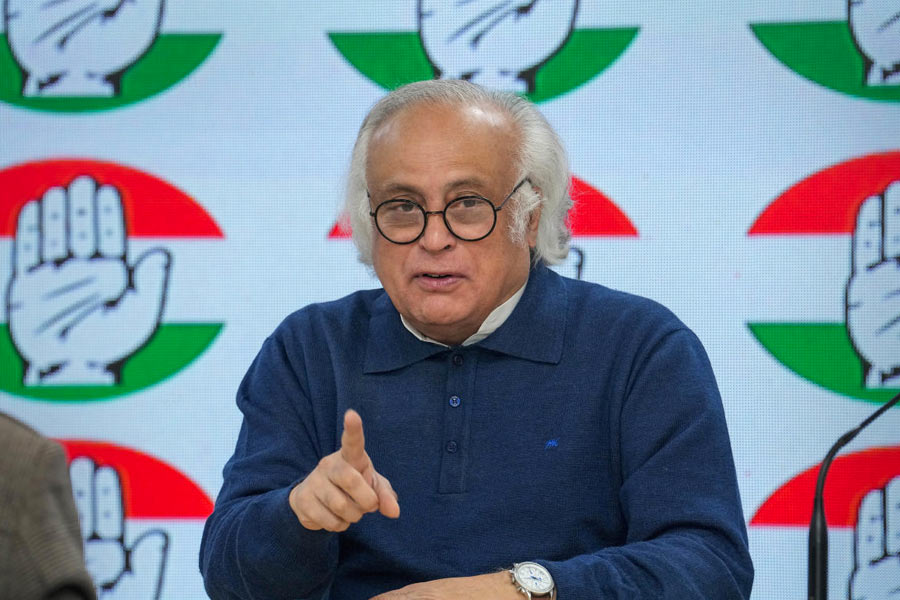When the UNDP-collaborated crocodile project was reviewed in 1982, there were 34 crocodile-rearing centres in 13 states and over 34 wetland sanctuaries. There were about 30 locations where crocodiles were breeding in captivity.
From outside, the success of the crocodile project is normally viewed in terms of the crocodiles that could be seen in specially developed crocodile-rearing centres or zoos. Increased rates of natural nesting and increased sighting of crocodiles in natural water bodies were also measures of success of the project. The real recognition of the Indian Crocodile Project lies in its role as the trendsetter in wildlife research, education and conservation for biodiversity in wetland and upland.
The “rear and release” approach in crocodile conservation prevented most losses occurring to the natural population of crocodiles at the stages of egg and the 60-70 days of incubation. Crocodile hatchlings were reared under care until these became about a meter-and-a-half long to try and fend for themselves. By 1999, over 4,000 gharial (Gavialis gangeticus), 1,800 mugger (Crocodylus palustris) and 1,500 saltwater crocodile (Crocodylus porosus) were restocked in different parts of India. There is no central co-ordination for such records in recent years.
From the beginning, crocodile rearing projects were established in remote areas where people could directly see and participate in all aspects. Wetland sanctuaries were created with crocodiles as flagged species. Crocodile sanctuaries ensured protection to the species in both wetland and upland. These included mangrove plants, marine turtles, freshwater turtles, monitor lizards, Gangetic dolphins, otters and other reptilian fauna.
At the beginning of the 1980s the project had 13 specially constituted crocodile sanctuaries. Of these the Nagarjuna Sagar Srisailam (mugger) Sanctuary in Andhra Pradesh, Katerniyaghat (gharial) Sanctuary in Uttar Pradesh and Satkoshia Gorge (gharial) Sanctuary in Odisha have developed their role as Tiger Reserves. Bhitarkanika Sanctuary in Odisha has also been discussed a few times for possible declaration as a biosphere reserve. These recognitions emphasise the biodiversity significance of the sanctuaries originally identified for crocodile conservation.
The first three wildlife sanctuaries in the state came up because of initiatives under crocodile conservation. Bhitarkanika Sanctuary was notified in 1975 for conservation of the estuarine crocodile. In 1976, Satkosia Gorge Sanctuary was notified for Gharial conservation. With more area added from adjoining forests, the sanctuary has been upgraded as an elephant reserve from 2001 and a tiger reserve from 2007. The Hadgarh Sanctuary (1978) was originally intended for conservation of mugger crocodiles. Its function has been taken over by Similipal Tiger Reserve. Hadgarh continues as a sanctuary for wetland biodiversity and is an important component of the landscape for elephants and tigers linking Similipal of Mayurbhanj district with Kuldiha of Balasore district. The crocodile rearing projects are located in Tikarpada for gharial and mugger, Dangamal for the estuarine crocodile, Ramatirtha for mugger, and Nandankanan for captive breeding of all three species.
In 1974-75, the crocodile project took off in Odisha to highlight the turtle resource of the Gahirmatha coast. In 1976, Orissa developed an integrated scheme on conservation of saltwater crocodile and the marine turtles in Bhitarkanika.
The 40-year saga of mangrove conservation on the Odisha coast is the result of success in implementing crocodile conservation in Bhitarkanika estuaries. Beginning with Odisha, the crocodile project inducted full-time researchers and propagated the idea that successful conservation and research must go hand in hand. Uttar Pradesh and Andhra Pradesh had later followed suit, but the base for wildlife research has gradually disintegrated or has remained as blind offshoots of the forest departments.
The project educated and offered the experience of overseas collaboration in the field of wildlife.
There were several instances where wildlife-based international relationship was fostered through the projects. With Nepal, arrangements were made to collect gharial eggs. An assessment was made for a project for conservation of gharial in Bhutan.
Requests from Pakistan and USA for young gharials were also attended to. There were interactions with Bangladesh for management of crocodilians there. Individuals from Nepal, Sri Lanka and Iran were trained in crocodile management. By arrangement with Frankfurt Zoo, a male gharial was procured for successful captive breeding at Nandankanan.
In the early 70s, India had wanted to start a commercial crocodile farm in Delhi Zoo. The economic potential of crocodile products such as leather and meat to earn foreign exchange were highly valued at that time. Crocodile conservation was started in order to build up the population of all three Indian species and protect their habitat.
Forty years have passed. The highly-regarded crocodile scheme of yesteryears appears to be languishing from a certain degree of backlash due to its own successes. Captive rearing facilities are overcrowded with crocodile stock.
Habitats where captive-reared crocodiles were released do not show promising sightings except in locations such as Bhitarkanika for the estuarine crocodile and Chambal for the gharial. There are occasional reports about interfaces leading to injury or loss of life of humans due to crocodiles.
There is competition for most important resource, water, for crocodile survival. This leads to a question about where do we stand with our crocodiles?
Crocodiles continue to survive very well in selected locations and contribute to conservation pursuits with a different focus and tourism interests have grown with crocodiles in focus.
As commercial utilisation is not permissible under provisions of Wildlife (Protection) Act, 1972, direction is needed for crocodile management. For the entire country, it is now necessary to review the status of crocodiles in nature as compared to their breeding performance in captivity, and the type and level of use of infrastructure created for crocodile rearing.
Guidelines have to be developed for effective use of crocodile displays in student and public education. The legal aspects surrounding crocodiles as Schedule-I species may also need to be reviewed to allow research.


